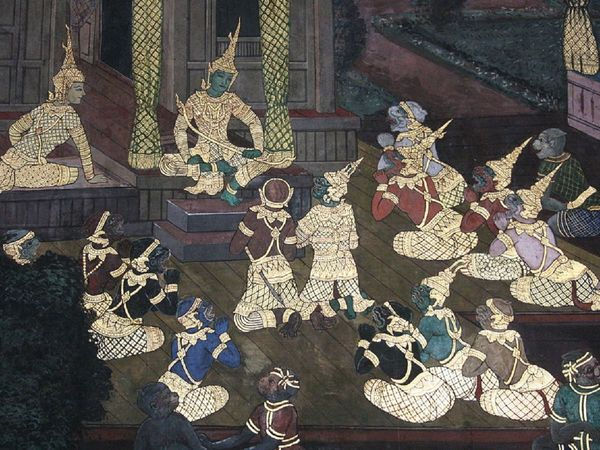Beyond Bharat: How Lord Ram resonates in rest of the world
- InduQin
- Aug 10, 2020
- 2 min read

The Ramayana and Mahabharata are India’s most beloved epics and have been passed on from generation to generation for thousands of years, long before they were written down in textual form. And even after they got written down, hundreds of versions of these epics exist – not just in the subcontinent but far beyond the shores of India.
The legend of Rama, the righteous king, the ideal ruler, spread far and wide, especially in Southeast and east Asia, where he is a revered god to this day in many communities.
People, and not just Hindus, worship Lord Ram in their various ways in countries like Malaysia, Indonesia and Thailand. The Ramayana also found its way into the cultural traditions and religious idioms of Japan, Korea and China. While Nepal is a predominantly Hindu country and has several Ram temples, Ram, Sita, Lakshman and Hanuman are also worshiped by Hindus of Bangladesh, Pakistan and Sri Lanka.
In fact, in his address on the occasion of the bhoomi pujan in Ayodhya on Wednesday, Prime Minister Narendra Modi said Lord Ram resides in the cultures of India's neighbours. “Indonesia, which is the world's most populous Muslim nation, has four distinct Ramayanas, and is a country where Lord Ram is still worshipped with divinity.” The PM added that versions of the great epic could be found in Malaysia, Cambodia, the Philippines, Sri Lanka, Myanmar, Nepal, and even China and Iran.
How traditions and culture spread
India was a thriving melting pot of cultures for thousands of years. And the exchange of ideas, goods and people was an ongoing process. Many Indian rulers, traders, scholars and saints – often well-versed in the epics and Sanskrit – travelled all over Asia, sometimes as part of large contingents, but also as free spirits who wanted to spread the teachings and message of Sanatan Dharam, the Vedas and the epics to the world.







Comments